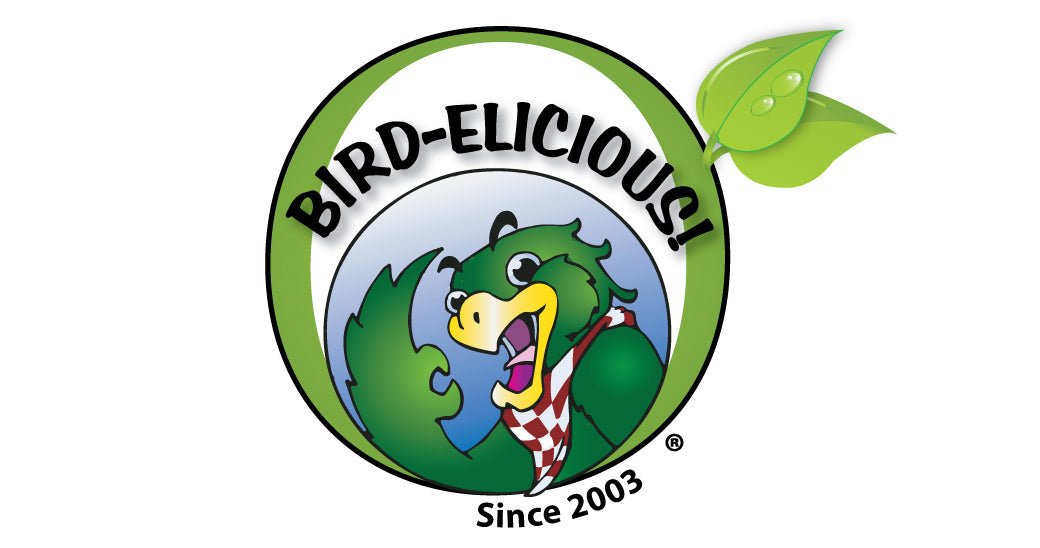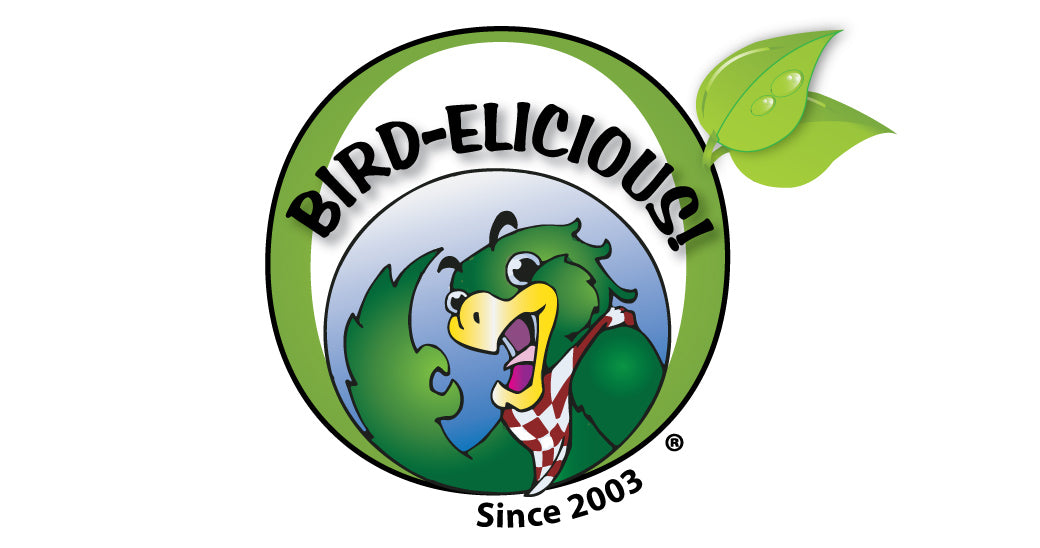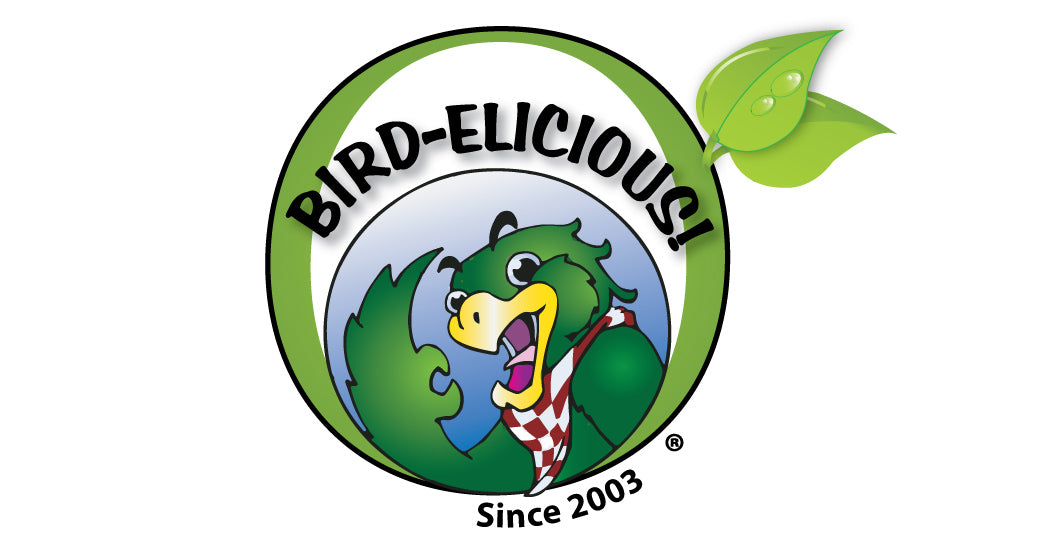Since highly processed foods became available over two decades ago, we have witnessed less and less molting in companion birds. Is molting necessary? What is the purpose of molting? How much molting is optimum and how often? Is there anything we can do as caregivers to encourage and stimulate a molt in each of our feathered friends?
Into The Forest Podcast Audio Version:
Podcast Audio Version:
Definition of “molt and molting.” –
verb (used without object)
- (of birds, insects, reptiles, etc.) to cast or shed the feathers, skin, or the like, that will be replaced by new
verb (used with object)
- to cast or shed (feathers, skin, etc.) in the process of renewal.
noun
- an act, process, or an instance of molting.
Ref: http://www.dictionary.com/browse/molting
Mother Nature implanted certain intrinsic DNA traits into each and every one of the living creatures and plants on earth. Those intrinsic traits are absolutely necessary for the survival of each species, but once we, as humans begin forcing domestic evolution upon any creature, including ourselves those natural, intrinsic traits begin to be whittled away. Ever so slowly each species changes over time naturally, but when we try to rush and force the evolution process the change is so dramatic that countless numbers of any given species decline rapidly, sometimes leading to extinction.
Much like humans and the hair on their bodies, wild birds shed their down and flight feathers on an almost continual basis. Heavy molting increases during certain times of the year. As feathers age and lose their ability to protect a bird from rain, sunlight UV rays, and interrupt flight they fall out and are replaced by new feathers. Molting on a regular basis is a slow, but methodical process so that a bird doesn’t lose all of its feathers at one time causing the bird to become vulnerable to predators.
About once a year in the wild each healthy bird will lose a lot of its feathers. When and why does this happen? To attract a mate for the breeding season, birds will lose old, dull, worn out, discolored feathers to appear as healthy as possible to their desired mate(s). Both sexes desire to mate with the healthiest birds in the flock, so their offspring will be healthy enough to survive early life and appear so healthy to a predator that the enemy will pass over the healthiest babies and attack to consume the less healthy babies. Yes, Mother Nature may seem cruel, but all of this for the survival of a healthy species.
This brings us to the question, “Is molting necessary in captivity?” Yes.
Molting or the lack thereof gives us as caregivers a clear, visual indication of the overall health of our feathered friends. If a bird doesn’t molt on a regular basis, or if a bird doesn’t have at least one good, hard molt per year we need to understand what this is telling us.
In the wild when a bird is healthy and receiving all of the nutrition its body requires to sustain optimum health naturally, regular and once a year a hard molt will occur. If the bird is not as healthy as other birds in the flock molts will occur less often, and sparse annual molts may become more and more frequent as the bird’s health declines.
All of this information culminates in this overall understanding: As caregivers, we are obliged to ensure our companion birds are receiving proper nutrition at all times so that their health is sustained and proper bodily functions occur regularly.
Here at Providence Exotic Bird Sanctuary, our flock does, in fact, experience “mini molts” throughout each year on a regular basis. Indeed our birds also experience at least one hard molt per year as well. We believe our birds molt on a regular basis, in just the manner Mother Nature intended mainly because of the great nutrition they receive. Yes, there are other environmental factors, but proper, balanced nutrition is definitely one of the most important aspects of correct, regular molts.
The species-specific daily diets we feed, BirD-elicious! Origins Wild Diets
Origins Wild Diets (BOWD), formulated and laboratory-tested by us is their main diet on a daily basis. We have performed our research, outside of the “conventional thinkers, movers and shakers” of the avian community. In other words, we decided to think outside of the academic box and take ourselves into the forest where exotic birds originate. In doing that we have been blessed to begin to understand what Mother Nature created when she created exotic birds, and why she placed certain foods in their indigenous regions from which these magnificent creatures have to choose from.
(BOWD), formulated and laboratory-tested by us is their main diet on a daily basis. We have performed our research, outside of the “conventional thinkers, movers and shakers” of the avian community. In other words, we decided to think outside of the academic box and take ourselves into the forest where exotic birds originate. In doing that we have been blessed to begin to understand what Mother Nature created when she created exotic birds, and why she placed certain foods in their indigenous regions from which these magnificent creatures have to choose from.
In the combination of feeding BOWD (we “bow” down to the magnificent creatures), we also offer some amount of fresh organic fruits, mostly tropical but some amount of domestic as well. Botanically, fruits are those that contain the “seed/pit inside.” This would include but are not limited to bell peppers, okra, zucchini and other squash, cucumbers, tomatoes and more. We only feed a limited amount of botanical veggies. These would include but is not limited to broccoli, cauliflower, kale, brussels sprouts and similar others that contain cellulose fiber tightly woven into the meat of the vegetable. Parrots do not consume high amounts of cellulose; this is confirmed simply by watching a parrot peel off the skin of berries and other fruits. The skin of berries and fruit are comprised mostly of cellulose fiber. Parrots literally peel off the skin and totally discard it. And this makes perfect sense because parrots do not have the small organ known as “cecum” to break down and digest cellulose, plus parrots do not intrinsically produce/synthesize the digestive enzyme “cellulase” to break down cellulose. Once cellulose is broken down in mammals (parrots are not mammals, they are aves) it turns to a liquid that is reabsorbed by the metabolic system as a carbohydrate, a secondary source of energy after dietary fat as the first source of energy. However, since parrots cannot digest cellulose and use it as a carbohydrate, they must consume large volumes of dietary fats and large volumes of fruit to maintain their energy reserves.
In addition to feeding BOWD and fresh, organic fruit we add certain natural water-soluble supplements to their drinking water. Liquid iodine is one of the main supplements we add. If your bird doesn’t regrow feathers that have molted your bird’s diet is most likely lacking iodine and the B vitamins known as “Biotin.” Using iodine at a strength of 150mcg per drop, we add one drop per gallon of water. Iodine is lacking in the overall diets of most parrots and needs to be supplemented as observed in our clinical research. While many use kelp as a natural source of iodine, we believe it is wise to limit the number of sea-derived foods due to the pollution in our oceans today from off-shore drilling as well as radiation from events similar to the Fukushima disaster. -Iodine also aids in the elimination of internal parasites, yeast overgrowth, and bacterial infections.
Sometimes we add just a pinch of Himalayan salt to each gallon of their drinking water too. We believe that captive birds don’t receive the correct variety of salt, full of minerals in their commercial diets. Birds that are fed highly processed foods either do not receive any sodium at all, or they receive the wrong kind. We believe Himalayan is the best variety, but some caregivers prefer to use Sea Salt. Again, we try to limit foodstuffs that are derived from oceans, feeding only those sea-derived food that supply nutrient’s other foods and supplements cannot provide.
Here at Providence Exotic Bird Sanctuary we have found caring for exotic birds in a truly holistic (mind, body, soul) and Naturopathic (all naturally derived foods and supplements instead of Pharmacopeia) results in the healthiest of birds.
Captive companion birds should, in my opinion, molt a few feathers every month and experience at least one good, hard molt once a year. The timing will depend on your regional location, the hours or lack of hours of sunlight each day, the temperature, humidity levels and the overall diet.
Often, rescued birds and ill birds (even if they do not show illness outwardly) do not molt properly and sometimes not at all. This is mainly due to diet, but as mentioned above temperature, humidity and lack of certain elements in the diet can contribute to improper or lack of molt as well.
If your bird is not molting you probably need to change the diet dramatically; this can trigger a molt. Lowering the nutrition for several weeks to a couple of months also aids in triggering a molt. Increasing (usually ensures some kind of molt) or decreasing daylight can trigger a molt. Raising the temperature and humidity levels in your bird room can help trigger a molt. Most of all, once you get your bird to begin molting, you must keep your bird on a diet similar to what Mother Nature provides in the wild. Maintaining almost constant temperatures (and humidity levels) in your bird room (similar to temps and humidity levels in their indigenous region) allowing natural lighting to dictate their “awake” times as well as their “sleep” schedule is of great importance. It is very important that we, as caregivers allow the bodily systems of our birds to operate as naturally as possible.
Try to think of “molting” as the way you will know, as a caregiver that your bird may be receiving at least adequate nutrition. Understand that molting or lack of molt is one manner in which your bird gives you an outward sign of internal health. However, if your bird doesn’t experience “mini molts” throughout the year, and/or has no hard molt at least once a year, you need to think out of the traditional/conventional, familiar and academic avian husbandry methods. Go “back into the forest.” Virtually observe how Mother Nature cares for her exotic birds. Once you understand how and why Mother Nature cares for her living creatures, and you begin to follow her methods as closely as humanly possible, you will begin to witness a kind of overall, optimum health in your flock than you ever imagined possible using unnatural, imitated, fraudulent and counterfeit methods.
©6.25.17 Passion Tree House LLC – All Rights Reserved




Leave a comment (all fields required)